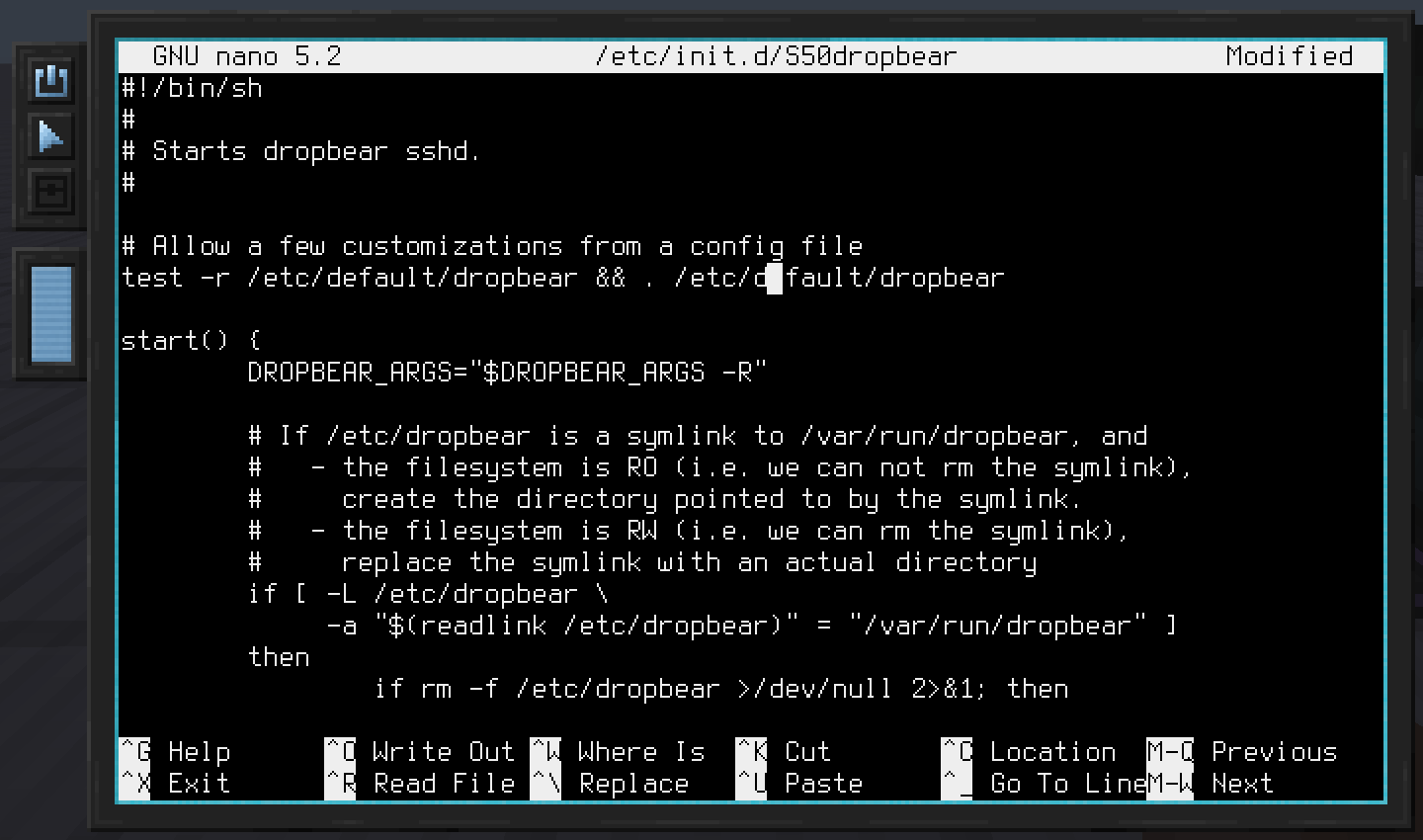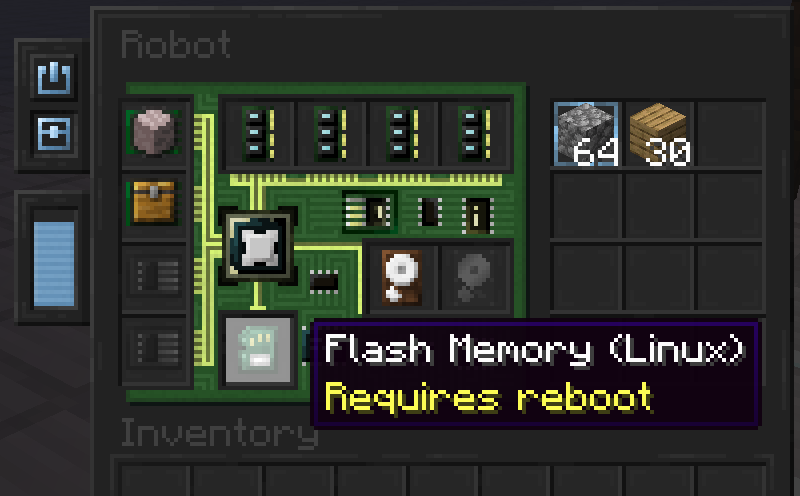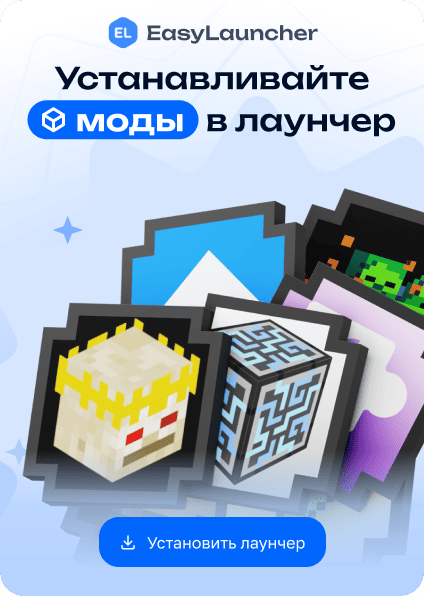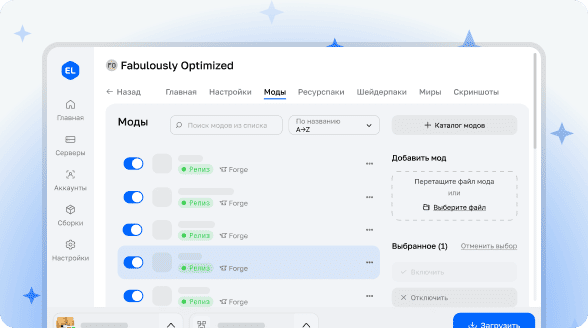

OpenComputers II
OpenComputers II represents a spiritual successor to the original OpenComputers mod, preserving the core principles of configurability and sandboxed environment while introducing numerous significant changes. One of the main features is the use of emulated hardware that closely resembles real-world counterparts.
The foundation of computational systems in the mod is an emulated RISC-V architecture, which allows running a full-fledged Linux operating system and working with it in familiar ways. Network communication is implemented through virtual network cards and standard Ethernet frames, ensuring natural communication between different Linux computers.
Current Development Status
Despite a lengthy development period, the mod is still in early stages of development. There may be serious undiscovered bugs, and functionality is currently limited compared to the original OpenComputers. Developers welcome reports of any issues and plan to expand content in the future.
Main Features

The mod offers two types of devices: stationary computers and mobile robots. Computers can connect to other in-game devices via bus cables and expansion cards, while robots can move through the world and interact with the environment using installed modules. For communication between computers, network cards and cables are used.
To get started, it's highly recommended to craft the in-game manual "The Computerist's Handbook," containing information about all blocks, instructions for building your first computer, and other useful information.
By default, computers and robots consume energy (RF/Forge Energy), so it's recommended to use this mod alongside other mods that provide energy generation.
System Operation

The primary operating system is Linux, supplied with a set of popular utilities including text editors vi and nano. Buildroot is used to create the kernel and root filesystem images.
To simplify script writing, Lua support is included. Minecraft-specific devices such as inventories, the Redstone Interface Block, and general compatibility with other mods use a high-level API designed for use through Lua. This facilitates both adding integrations with other mods and using these APIs when writing in-game scripts.
Example code for sending a redstone signal through a Redstone Interface Device:
require("devices"):find("redstone"):setRedstoneOutput("up", 15)
Modular Architecture

Computers and robots are configured using various devices. Common component types include memory (RAM), firmware, and hard drives. Computers additionally support installation of expansion cards such as the Network Interface Card, while robots can be equipped with modules like the Block Operations Module, which allows breaking and placing blocks.

